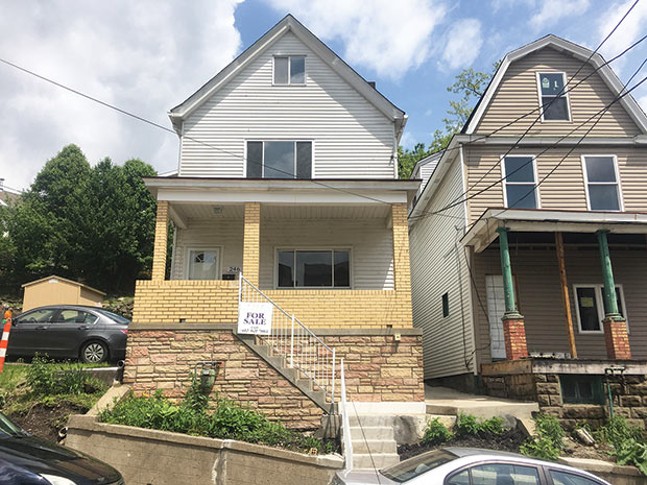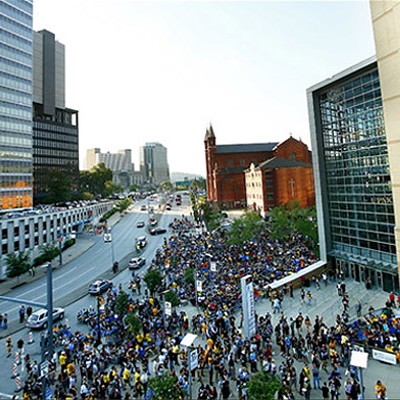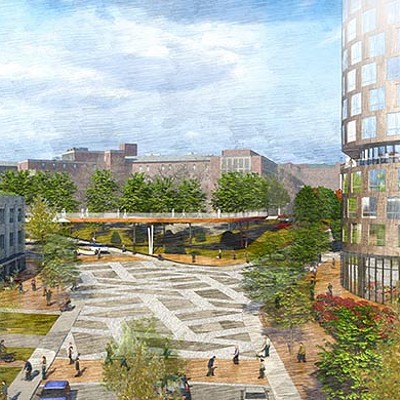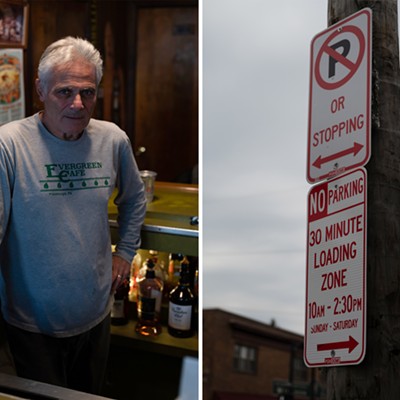In with the rich and out with the poor is the way it has gone in Pittsburgh.
Since 2010, there’s been a 5-percent increase in households with more than $100,000 in annual income, compared with a 7-percent decrease in those earning less than $50,000. The information from the most recent U.S. census figures points to Pittsburgh’s increasing gentrification.
It has been decried by many, especially as stories have spread about displacement in East Liberty. Community activist Ciora Thomas argued last August that “gentrification is pushing us out of our city.”
Gentrification occurs when neighborhoods experience new investment, typically resulting in wealthy residents moving in and replacing poorer tenants.
A new study from Texas A&M University shows Pittsburgh’s Community Land Trust (CLT) significantly decreases the likelihood of gentrification in neighborhoods.
CLTs function as a method to maintain permanent affordability for homes. Local governments or nonprofits own properties, but residents own the buildings on that land. Properties are sold to people who earn less than area median income and sale prices are controlled as a way to ensure low-income people can participate in homeownership, even in pricey neighborhoods.
Pittsburgh is home to two CLTs in a couple of gentrifying neighborhoods: Lawrenceville and Oakland. Lawrenceville’s CLT is looking to expand upon four homes currently for sale. Oakland’s CLT, run by Oakland Planning and Development Corporation (OPDC), is hoping to expand on its one available home.
Sasha Hauswald, who has consulted for Pittsburgh’s Affordable Housing Task Force, analyzed the Texas A&M study and says CLTs in Lawrenceville and Oakland should help to decrease respective gentrification problems.
“Maybe the most powerful takeaway from this study is that in [creating CLTs], the end goal is accomplished,” says Hauswald. “They reduce the displacement of lower-income residents.”
Hauswald’s analysis shows that the study identifies CLTs’ three main roles in combating gentrification: helping stabilize income levels, mediating the decrease of affordability, and helping retain rental units. She says CLTs are just one of many tools to create equitable neighborhoods, but that success of CLTs should serve as a reminder that gentrification can be effectively combated.
“I hope the attention to this encourages people to think broadly on how to achieve the goal of economic equity and racial justice, through lasting affordability,” says Hauswald.
OPDC executive director Wanda Wilson is thrilled with the study’s results.
“In addition to stabilizing homeownership in the neighborhood and building a market for owner-occupied homes, the Oakland CLT will likely be the only opportunity for low/moderate income buyers to purchase a home in our neighborhood given the ever-escalating prices in our market,” Wilson writes in an email.



















